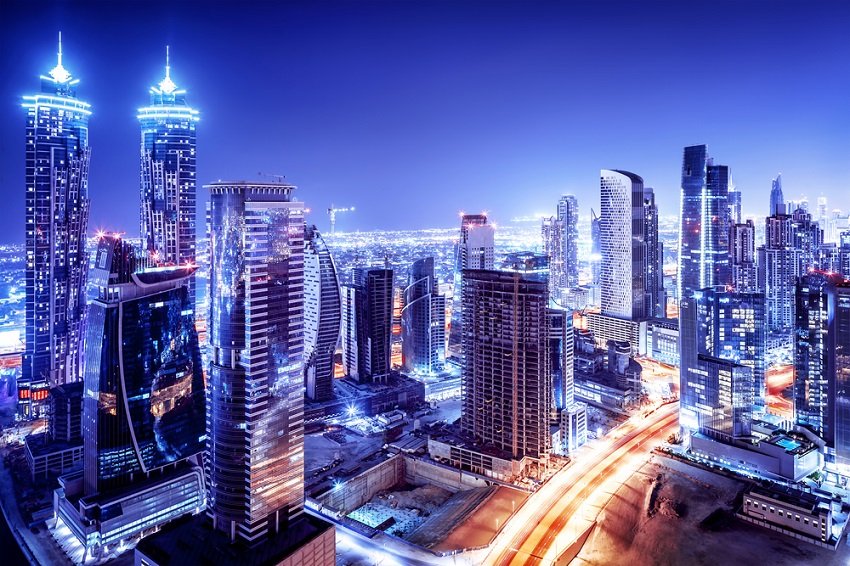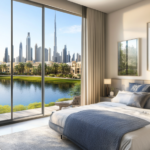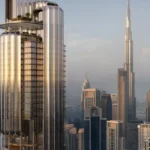Now Reading: Dubai Property Transactions Surge 15% to USD 36.6 Billion in Q3 2025
-
01
Dubai Property Transactions Surge 15% to USD 36.6 Billion in Q3 2025
Dubai Property Transactions Surge 15% to USD 36.6 Billion in Q3 2025
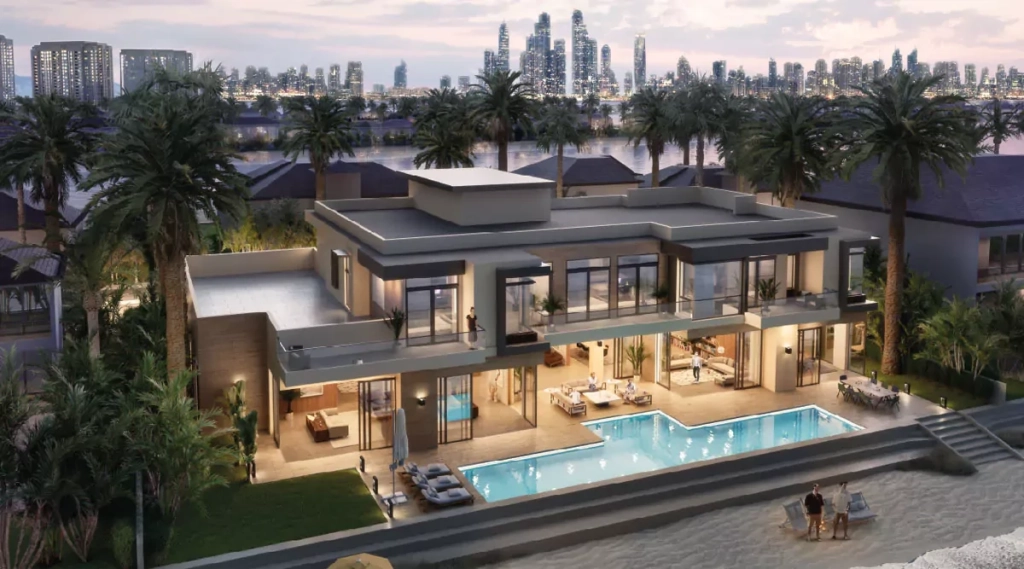
Table of Contents
Dubai’s real estate market continues to demonstrate resilience and dynamism as property transactions in the third quarter of 2025 soared to USD 36.6 billion, marking a remarkable 15% increase from the previous quarter. The mid-tier residential market has emerged as the primary driver of this surge, highlighting shifting buyer preferences and strong investor confidence in the city’s property landscape.
Mid-Tier Residential Market Leads the Growth
The mid-tier segment has captured the attention of buyers seeking a balance between affordability, quality, and potential returns. This segment now represents the backbone of Dubai’s property market, attracting both local and international investors. Many buyers are strategically targeting neighborhoods that combine well-planned amenities, convenient connectivity, and competitive pricing, ensuring sustainable growth and long-term value.
Flexible payment plans and attractive developer incentives have further boosted demand for mid-tier and off-plan properties. Buyers now have the option to spread payments over time, reducing entry barriers and encouraging new investment.
Off-Plan Properties Remain Popular
Off-plan property transactions have continued to be a major contributor to Dubai’s real estate momentum. Developers have capitalized on market sentiment by offering flexible payment schedules, early-bird discounts, and additional perks. This approach appeals not only to end-users but also to investors seeking high-yield opportunities in upcoming projects.
The trend indicates that buyers are increasingly prioritizing strategic planning over immediate possession, reflecting confidence in Dubai’s property market stability and long-term growth trajectory.
Balanced Supply and Strong Investor Confidence
One of the factors sustaining Dubai’s property boom is the careful balance between supply and demand. Developers have exercised greater discipline in launching new projects, ensuring the market does not become oversaturated. This strategy maintains price stability and ensures continued investor interest.
Investor confidence remains high, driven by the city’s economic fundamentals, strategic infrastructure projects, and global appeal. A mix of local buyers, expatriates, and foreign investors is actively participating in the market, creating a diversified buyer base and fostering healthy competition.
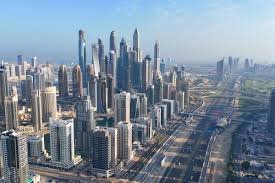
Strategic Location Choices Enhance Value
Location continues to be a critical factor in property demand. Neighborhoods with excellent connectivity, proximity to commercial hubs, and access to premium amenities are commanding significant attention. Buyers are increasingly discerning, focusing on areas that offer lifestyle convenience alongside investment potential.
Strategically located mid-tier developments in emerging districts are witnessing heightened activity, further fueling the growth of this segment and highlighting Dubai’s evolving property landscape.
Market Outlook for the Coming Quarters
Analysts anticipate continued growth in the Dubai property market through the end of 2025. Macro-economic stability, sustained investor confidence, and ongoing infrastructure enhancements are expected to support further transaction volumes. As new projects reach completion and lifestyle-driven communities expand, the city’s real estate market is poised to maintain its upward momentum.
Key trends likely to shape the market include:
- Increased demand for mid-tier properties offering value and quality.
- Continued popularity of off-plan units with flexible payment plans.
- Growth in investor participation, including both local and international buyers.
- Expansion of well-connected residential hubs with lifestyle amenities.
How Buyers Are Navigating the Market
Today’s buyers are increasingly informed and strategic. They prioritize developments that provide a combination of long-term appreciation, rental yields, and lifestyle benefits. Real estate consultants note that buyers are conducting extensive research on project credentials, developer reputation, and neighborhood infrastructure before committing.
Additionally, mid-tier developments have made luxury-inspired living more accessible, allowing buyers to enjoy high-quality designs and amenities without paying premium prices. This approach is redefining the perception of value in Dubai’s property market.
Investment Opportunities in Mid-Tier Segments
Mid-tier properties are not only attracting end-users but also savvy investors who see potential in rental income and capital appreciation. Key opportunities include:
- Apartments in emerging residential hubs.
- Townhouses in well-planned gated communities.
- Off-plan properties with flexible payment structures.
- Projects offering integrated lifestyle amenities such as gyms, pools, and retail access.
Investors are leveraging these opportunities to diversify portfolios while benefiting from Dubai’s regulatory frameworks that encourage foreign ownership and long-term investment.
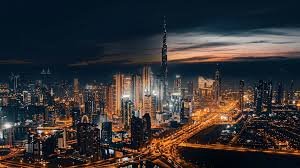
Impact of Infrastructure Development
Dubai’s continuous investment in infrastructure is directly influencing property demand. Well-planned transport links, metro expansions, and upcoming road networks are enhancing accessibility to residential areas, making previously peripheral neighborhoods more attractive to buyers and investors alike.
As infrastructure development progresses, mid-tier projects in these regions are likely to witness heightened activity and increased valuation, reinforcing the segment’s role in driving the city’s real estate growth.
Final Thoughts on Dubai’s Real Estate Surge
The 15% increase in property transactions to USD 36.6 billion in Q3 2025 underscores Dubai’s position as a resilient and attractive real estate market. The mid-tier segment has emerged as a key driver, highlighting a shift in buyer preferences toward balanced, value-driven investments.
For both investors and homebuyers, the current market presents abundant opportunities to benefit from strategic property acquisitions. With sustained macro-economic support, thoughtful developer strategies, and infrastructure growth, Dubai’s property landscape is well-positioned for continued expansion.
This growth signals a promising trajectory for the remainder of 2025, reinforcing Dubai’s status as a global hub for real estate investment and lifestyle-focused residential development.
Do Follow Estate Magazine on Instagram
Binghatti’s $500 Million Green Sukuk Oversubscribed: A Sustainable Finance Triumph



